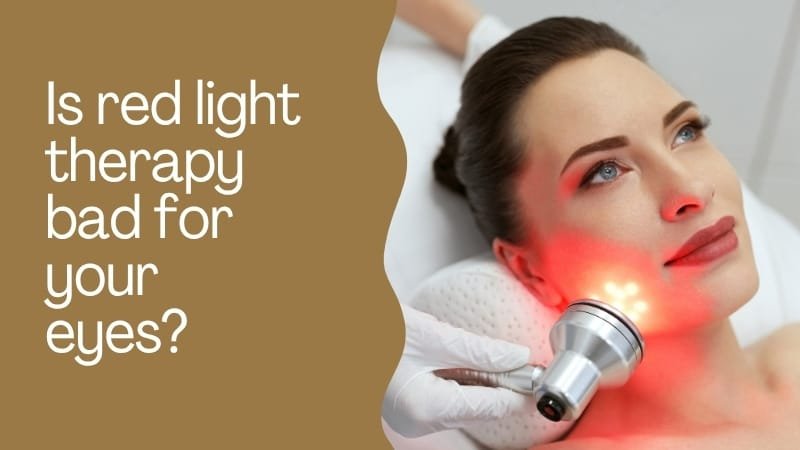Red light therapy is generally considered safe for the eyes when used appropriately, but direct and prolonged exposure to high-intensity red or near-infrared light can potentially cause discomfort, eye strain, or temporary visual disturbances.
What is Red Light Therapy?
Red light therapy (RLT), also known as low-level laser therapy (LLLT) or photobiomodulation, uses low-wavelength red or near-infrared light to stimulate cellular repair, reduce inflammation, and promote healing. It’s commonly used for skin conditions, pain management, and even some mental health therapies.
How It Affects the Eyes
- Safe in controlled use: Most commercially available red light therapy devices use wavelengths between 630 and 850 nanometers, which are non-ionizing and not harmful to the eyes in short durations.
- Potential risks: Prolonged, unprotected exposure — especially from high-powered devices or staring directly into the light — may lead to discomfort, light sensitivity, or headaches in some individuals.
- Protective eyewear is often recommended, especially when treating areas near the face or eyes.
What Does Research Say?
Some studies suggest that controlled red light exposure may even have beneficial effects on eye health, such as improving mitochondrial function in retinal cells or helping reduce age-related visual decline. However, clinical evidence is still evolving, and self-treatment without guidance is not advised.
Mental Health & Eye Safety Connection
For clients undergoing red light therapy for mental health purposes — such as managing depression, seasonal affective disorder (SAD), or sleep disturbances — ensuring eye safety is part of a safe therapeutic plan. We always recommend using FDA-cleared devices and following provider instructions.
Key Takeaway
Red light therapy is not bad for your eyes when used responsibly. Avoid direct eye exposure, use protective glasses if needed, and always follow product instructions or consult a licensed healthcare provider — especially if you have eye conditions like glaucoma, macular degeneration, or recent eye surgery.


